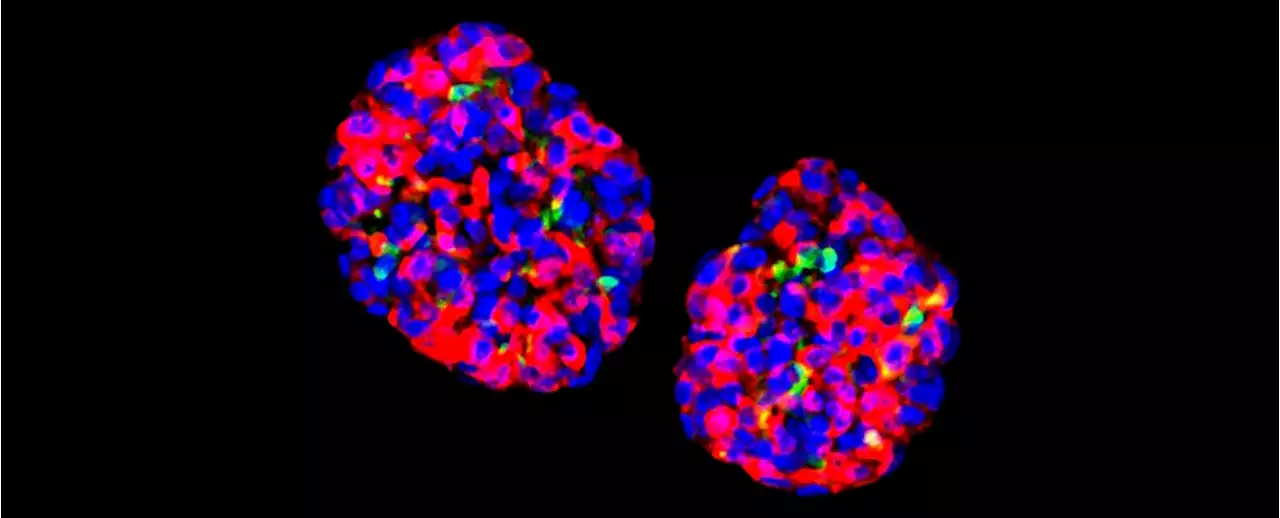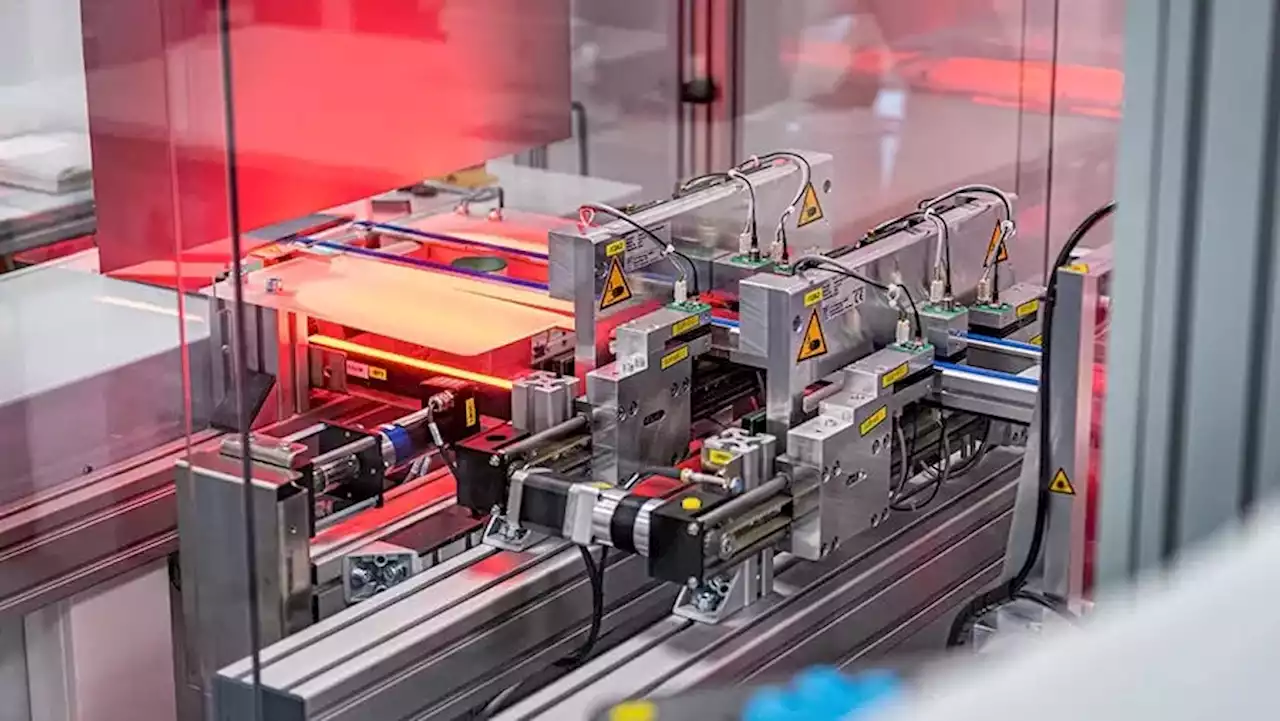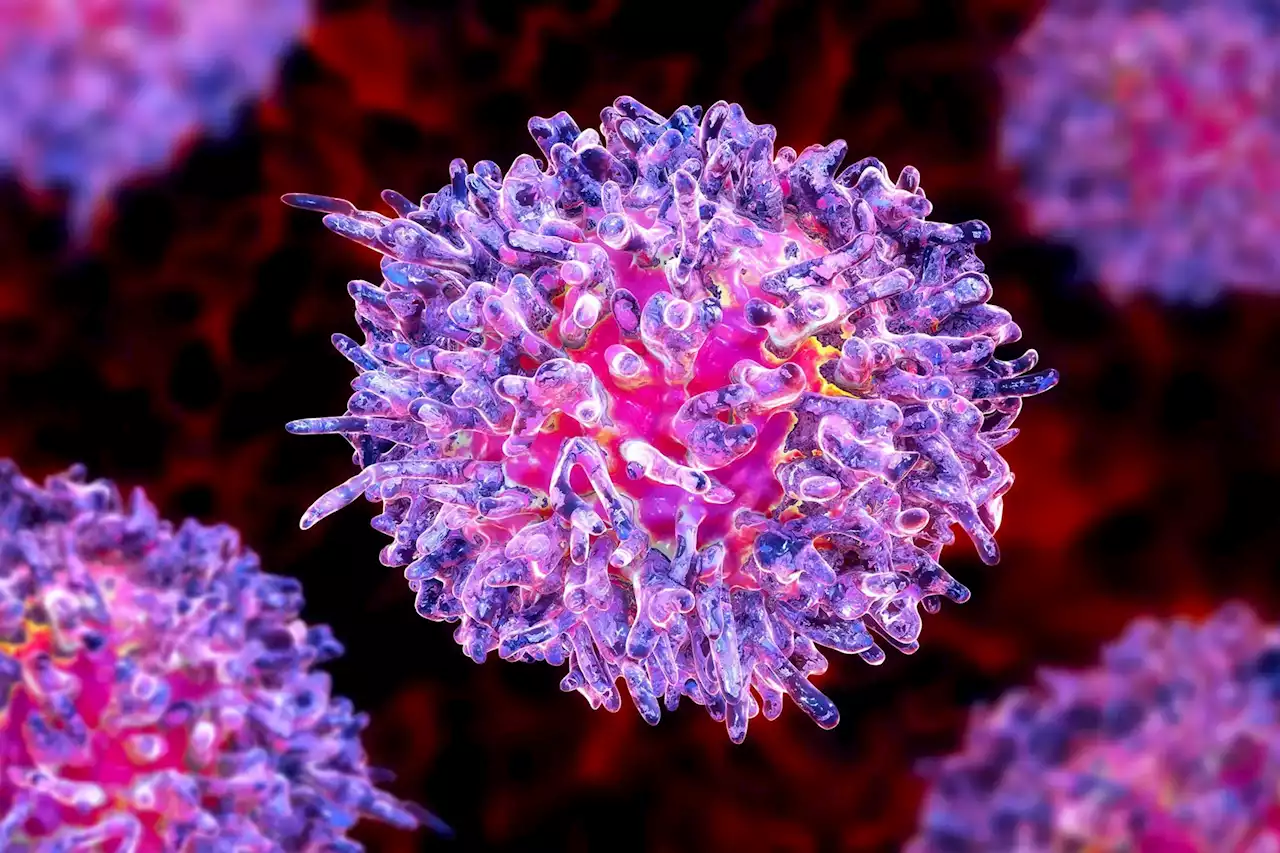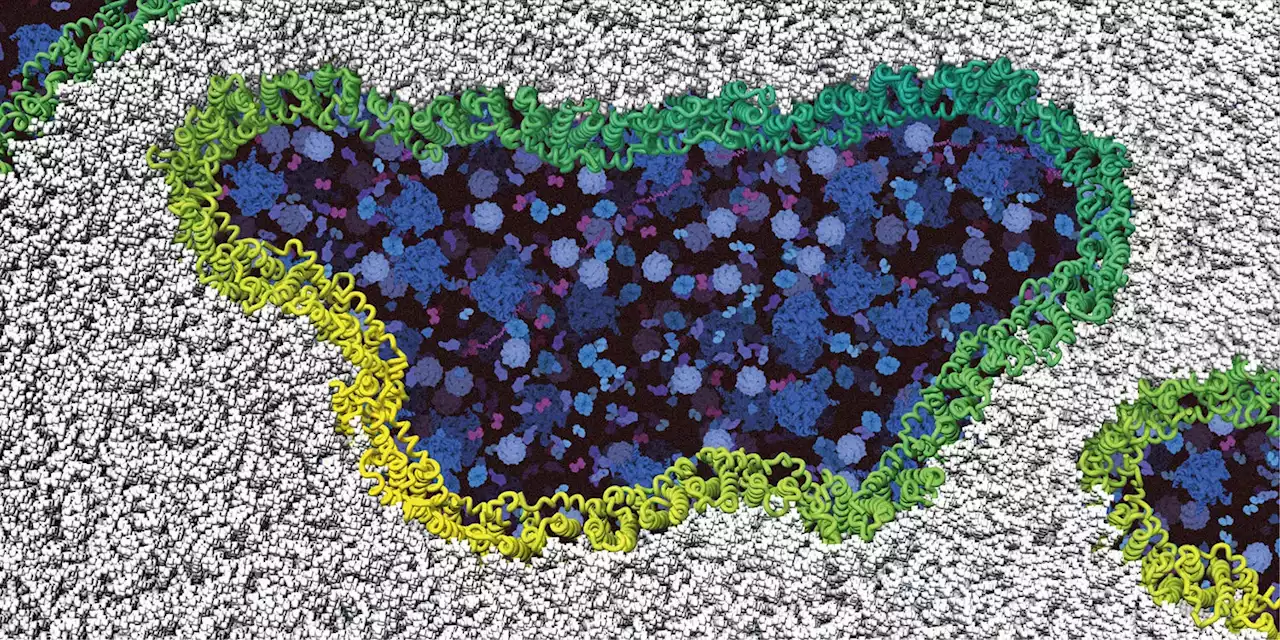How Our Cells Kill Themselves – Scientists Decode the Exact Mechanism at the Atomic Level — In our bodies, millions of |
Ninjurin-1 proteins assemble into filaments and rupture the cell membrane until the cell disintegrates completely. Intracellular components are shown in blue. Credit: Biozentrum, University of Basel
have recently been able to elucidate the exact mechanism at the atomic level. Their findings are published in the journalThe self-elimination of cells is a vital process for all living organisms. When cells become damaged or infected with viruses or bacteria, they initiate an internal “self-destruct” sequence. This essential mechanism wards off the potential growth of tumors and prevents the spread of harmful pathogens throughout the body.
“The common understanding was that the cell then swells until it finally bursts due to increasing osmotic pressure,” explains Professor Sebastian Hiller who heads a research group at the Biozentrum, University of Basel. “We are now resolving how the cells really rupture. Instead of bursting like a balloon, the protein ninjurin-1 provides a breaking point in the cell membrane, causing rupture at specific sites.
United States Latest News, United States Headlines
Similar News:You can also read news stories similar to this one that we have collected from other news sources.
 Scientists Hacked Human Cells to Make Insulin, And It Reversed Diabetes in MiceScientists have repurposed human stomach cells into tissues that release insulin in response to rising blood sugar levels in a breakthrough that promises an effective way to manage conditions such as type 1 diabetes.
Scientists Hacked Human Cells to Make Insulin, And It Reversed Diabetes in MiceScientists have repurposed human stomach cells into tissues that release insulin in response to rising blood sugar levels in a breakthrough that promises an effective way to manage conditions such as type 1 diabetes.
Read more »
 Compound found in octopus ink kills cancer cells but not othersOzopromide, which is found in octopus ink, could kill cancer cells but leave healthy ones intact. The finding could be used to develop new cancer treatments
Compound found in octopus ink kills cancer cells but not othersOzopromide, which is found in octopus ink, could kill cancer cells but leave healthy ones intact. The finding could be used to develop new cancer treatments
Read more »
 How Low (And How Green) Can Solar Cells GoThe silicon wafer NexWafe says buh-bye kerf, hello low-cost, lightweight, flexible solar cells made with new epitaxy process.
How Low (And How Green) Can Solar Cells GoThe silicon wafer NexWafe says buh-bye kerf, hello low-cost, lightweight, flexible solar cells made with new epitaxy process.
Read more »
 Death to Blood Cancer Cells: New Drug Combination Could Revive the Power of Leading TreatmentFuture clinical trials will be conducted to investigate whether the combination of chloroquine and venetoclax can prevent disease recurrence. Although new drugs have been developed to induce cancer cell death in individuals with acute myeloid leukemia, the leukemic cells often develop resistance
Death to Blood Cancer Cells: New Drug Combination Could Revive the Power of Leading TreatmentFuture clinical trials will be conducted to investigate whether the combination of chloroquine and venetoclax can prevent disease recurrence. Although new drugs have been developed to induce cancer cell death in individuals with acute myeloid leukemia, the leukemic cells often develop resistance
Read more »
 Robots could go full 'Terminator' after scientists create realistic, self-healing skinStanford University researchers developed life-like skin for robots, similar the cyborg featured in the 'Terminator,' that can be punctured and heal itself.
Robots could go full 'Terminator' after scientists create realistic, self-healing skinStanford University researchers developed life-like skin for robots, similar the cyborg featured in the 'Terminator,' that can be punctured and heal itself.
Read more »
 Elephants once roamed Florida—and scientists just stumbled on a graveyard full of themThe ‘once-in-a-lifetime’ find offers a window into prehistoric Florida and the megafauna that once roamed the Sunshine State.
Elephants once roamed Florida—and scientists just stumbled on a graveyard full of themThe ‘once-in-a-lifetime’ find offers a window into prehistoric Florida and the megafauna that once roamed the Sunshine State.
Read more »
